Risk appetite had a brief come back in Asia earlier today, after China pledges to strive to have a good start in 2019. But sentiments turned cautious in European session, ahead of the Brexit meaningful vote in UK commons. Sterling is clearly paring some gains because of that. On the other hand, Euro is weighed down by recession worries on Germany. The country reported annual growth of 1.5% in 2018, slowest since 2013. And there is risk of technical recession in Q3 and Q4 of last year.
For now, Canadian Dollar is the strongest one for today so far, followed by Dollar. Swiss Franc is the weakest one, followed by Euro. Markets could turn more cautious ahead of the Brexit vote. There is no exact time set, but it’s believed to be somewhere between 1900-2100 GMT.
In Europe, at the time of writing:
- FTSE is down -0.05%
- DAX is down -0.30%
- CAC is down -0.07%
- German 10-year yield is down -0.0223 at 0.209
Earlier in Asia:
- Nikkei rose 0.96%
- Hong Kong HSI rose 2.02%
- China Shanghai SSE rose 1.36%
- Singapore Strati Times rose 1.22%
- Japan 10 year JGB yield dropped -0.0123 to 0.013




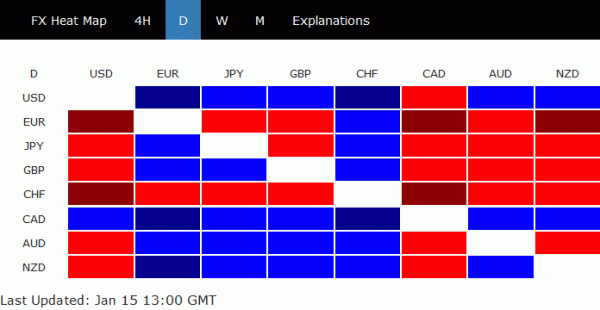
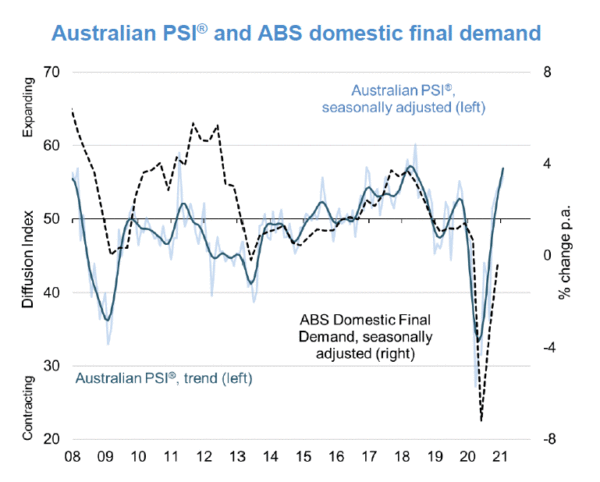
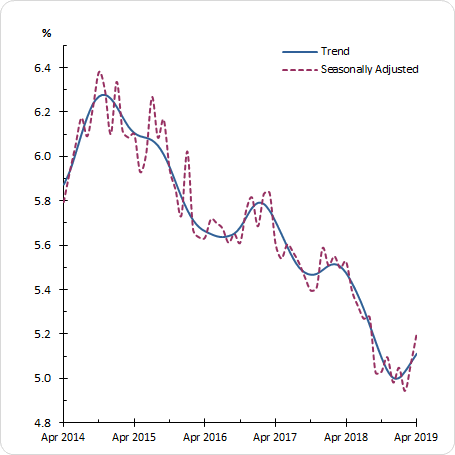
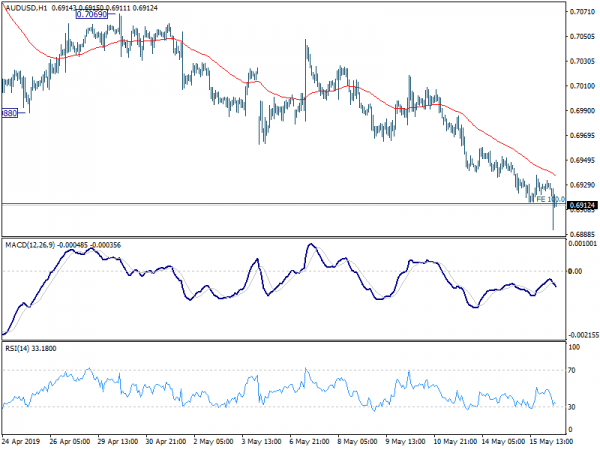
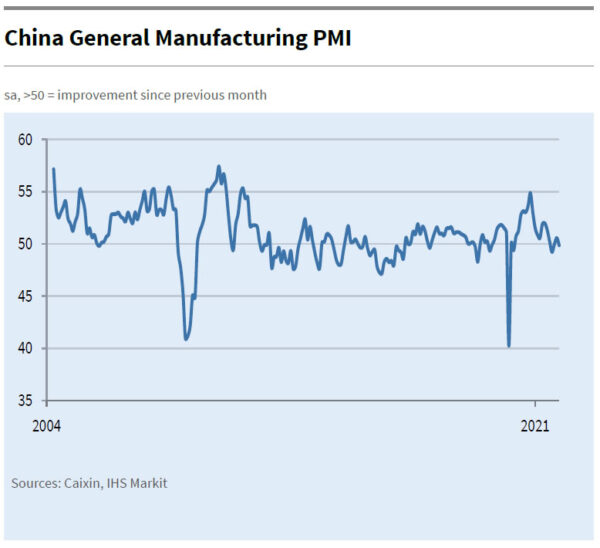
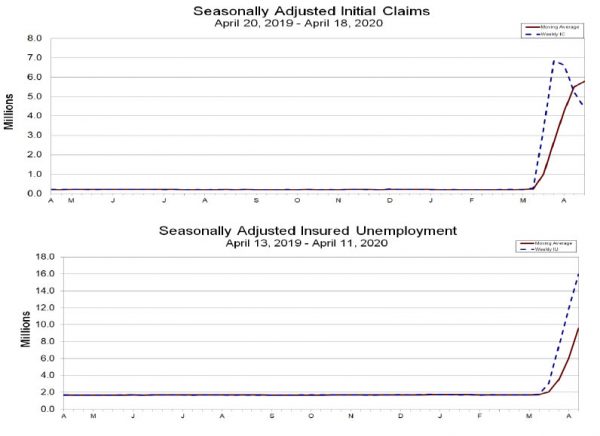
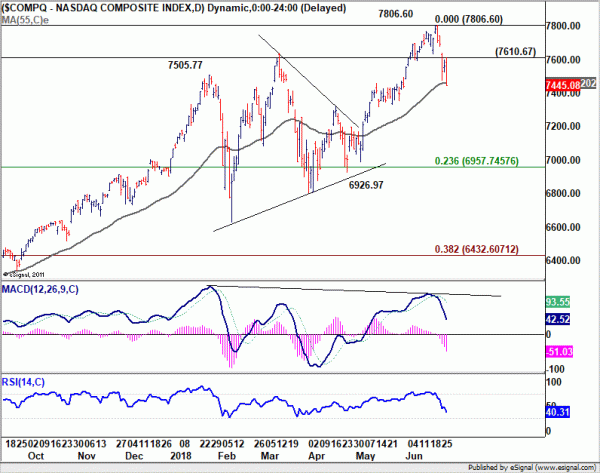
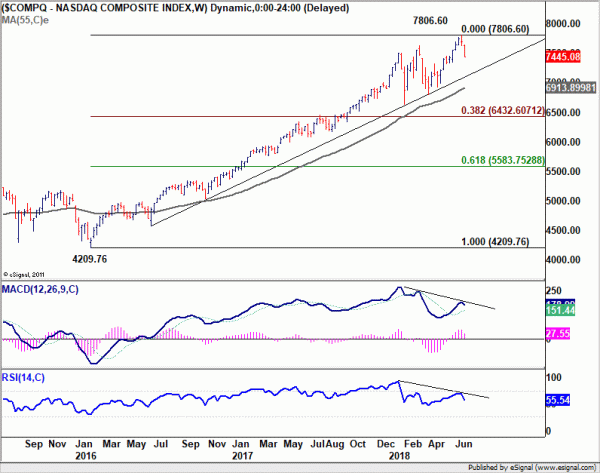
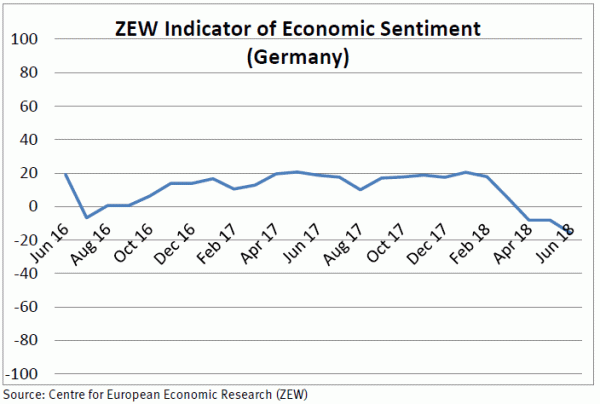
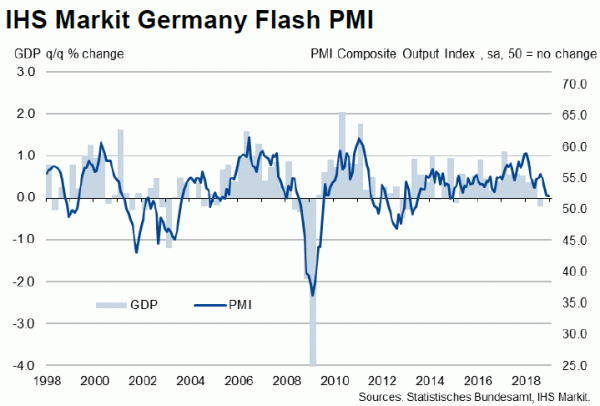
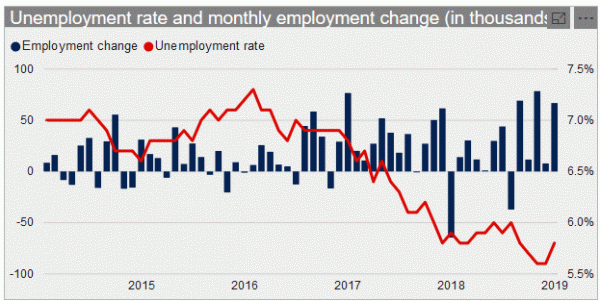
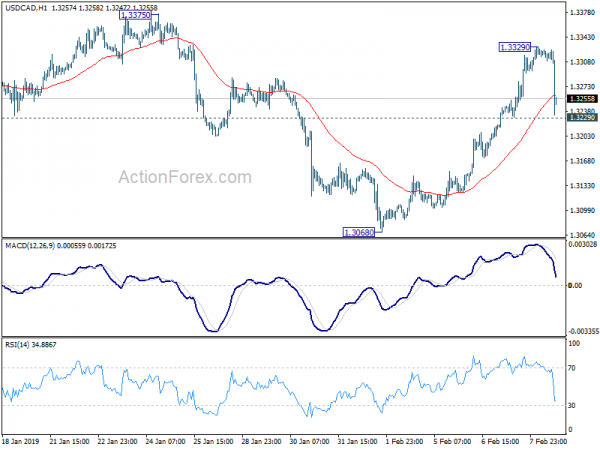
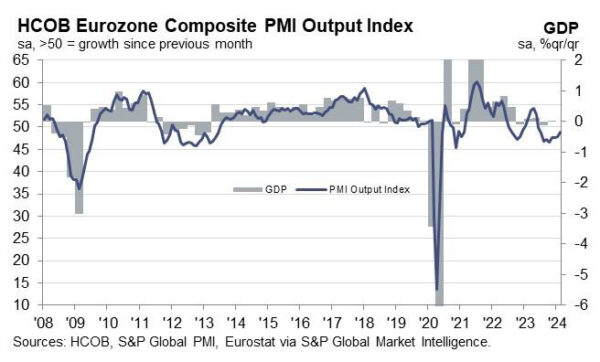
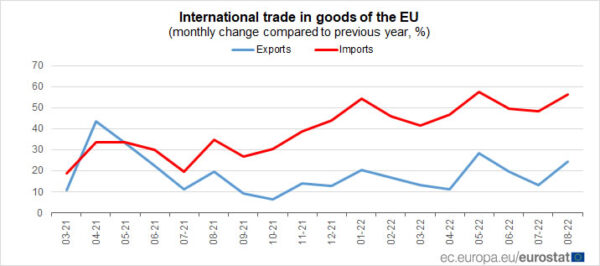
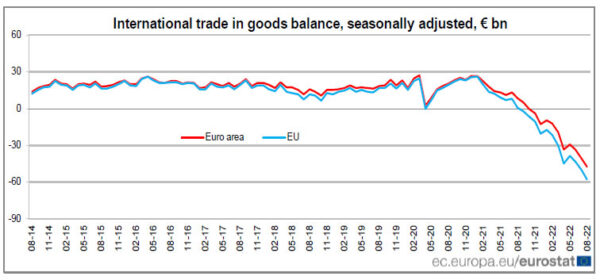

Today’s top mover: NZD/CHF just correcting a medium term impulsive rise
NZD/CHF is so far the top mover today. On the one hand commodity are under broad selling pressure. Kiwi and Aussie are paring some of last week’s gain. Meanwhile, the Swiss Franc is surprisingly the strongest one for today. In particular, USD/CHF’s selling accelerates through 0.9952 support after weaker than expected US housing data.
To assess the outlook of NZD/CHF, we’d like to have a look at the bigger picture in the weekly chart first. Powerful rise from 2018 low at 0.6313 appears to be a medium term impulsive wave. The corrective fall from 0.7323 (2017 high) should have completed at 0.6313. Hence, rise from 0.6313 is possibly resuming the long term rise from 0.5831 (2015 low).
With that in mind, the current fall from 0.6884 short term top (on bearish divergence condition in 4 hour MACD), is likely just a corrective pull back. We’re currently viewing it as correcting the rise from 0.6462 only. Hence, while further decline is likely, downside should be contained by 38.2% retracement of 0.6462 to 0.6884 at 0.6723 to bring rebound. Break of 0.6884 will target 0.7210 resistance next.
Nevertheless, firm break of 0.6723 will argue that NZD/CHF is correcting whole rise from 0.6313. IN that case, deeper pull back could be seen towards 55 day EMA (now at 0.6607).